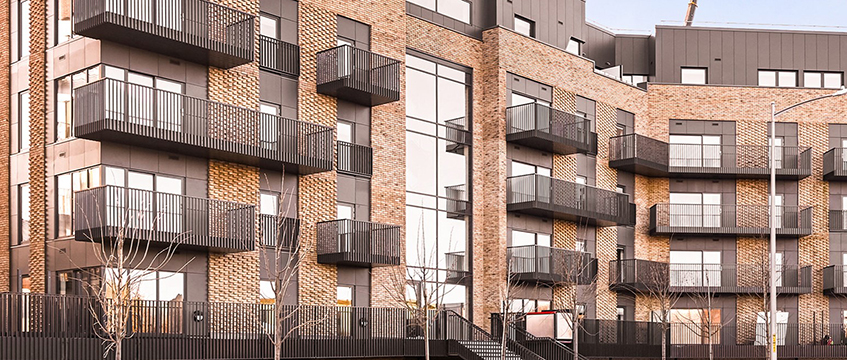Investment into build-to-rent schemes hit £800m in the third quarter, up from £448m in Q3 2023, according to Savills.
The growth was driven by single-family housing, which accounted for 50.4% of total investment.
In its latest UK Build to Rent Market Update, Savills said the surge in investment was being fuelled by both bulk and single-site transactions, as investors seek scale to establish “essential operational infrastructure”.
Bulk deals totalled £1.2bn in the year to Q3 2024, representing half of the £2.4bn invested in the SFH sector. Single-site schemes also saw significant growth, rising from £270m to £1.2bn.
With slowing sales rates to homeowners and buy-to-let investors, Savills said institutions were seizing the opportunity to enter the market.
As EG revealed earlier this year, institutional investor Hines is targeting a portfolio of up to £500m in the UK SFH space. Pension Insurance Corporation, Patrizia and Canada Pension Plan Investment Board in partnership with Kennedy Wilson are also looking to deploy capital in the sector.
Guy Whittaker, head of UK BTR research at Savills, said: “The rapid growth of single-site transactions alongside bulk deals shows that the recent rise in investment is a longer-term trend, rather than just a reaction to a softer sales market. Viability remains a hurdle in the current climate, with elevated debt and construction costs, as does the planning system, particularly in London.
“If these obstacles can be navigated, there is no shortage of investor demand to deliver new homes for rent, with more and more investors reallocating capital from other commercial real estate sectors into living.”
Send feedback to Akanksha Soni
Follow Estates Gazette











